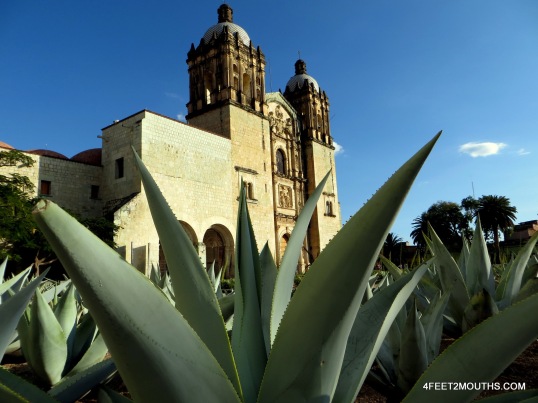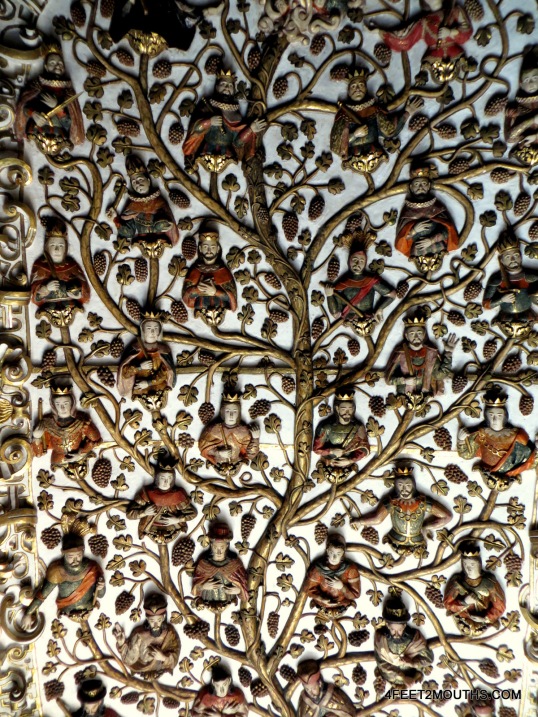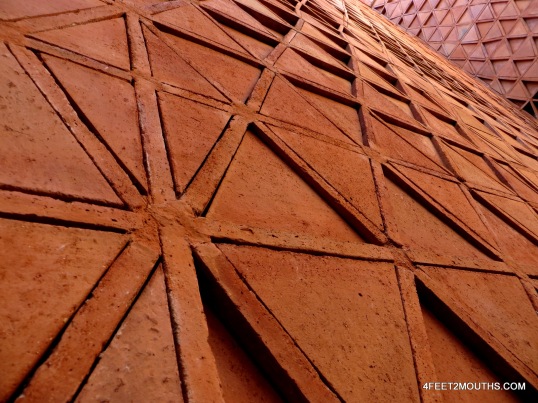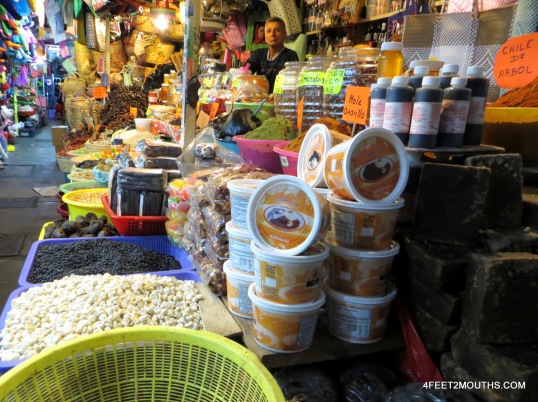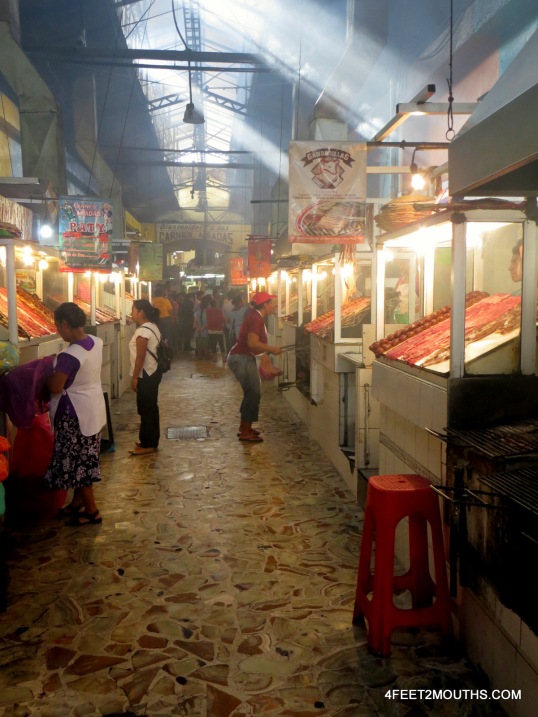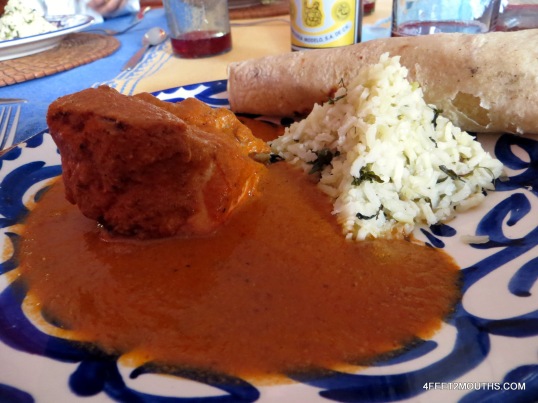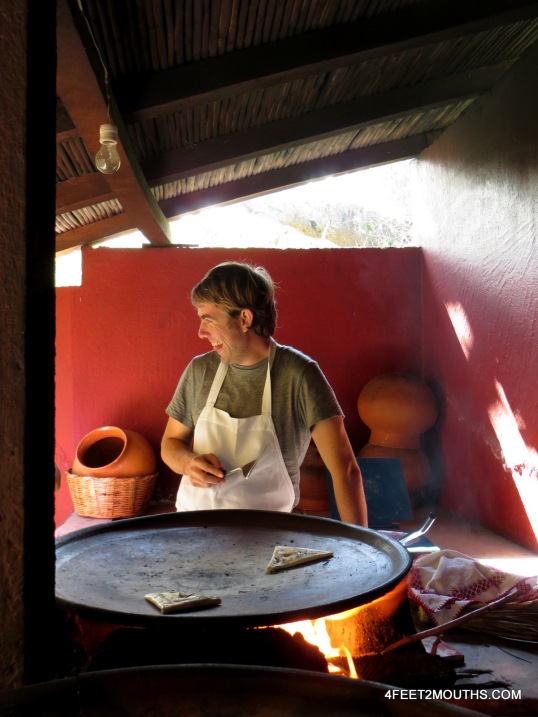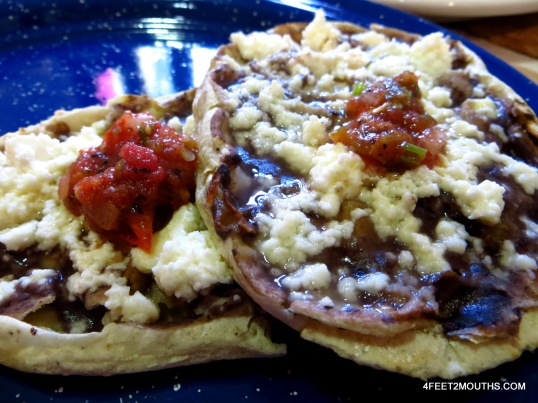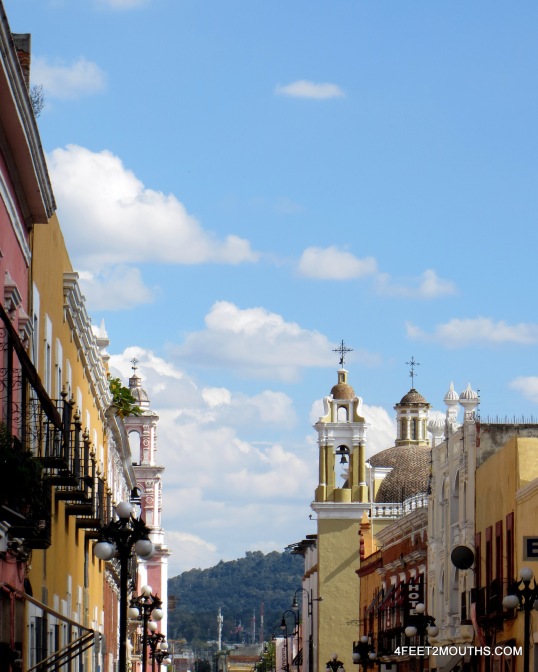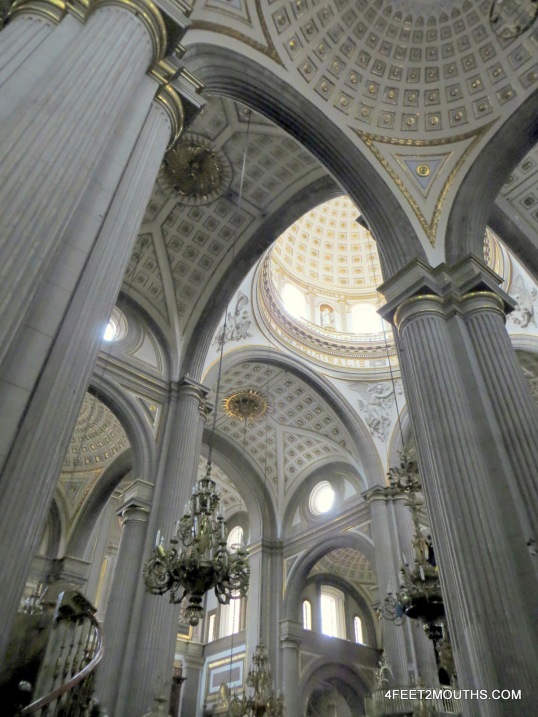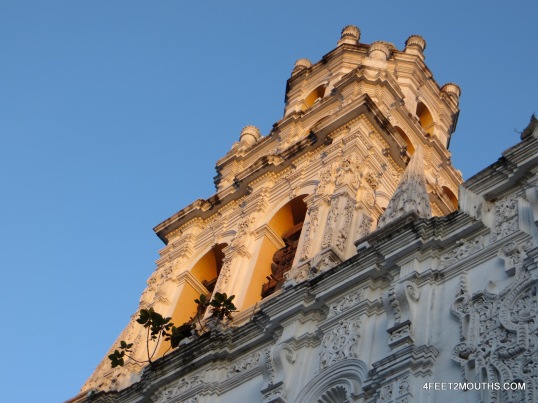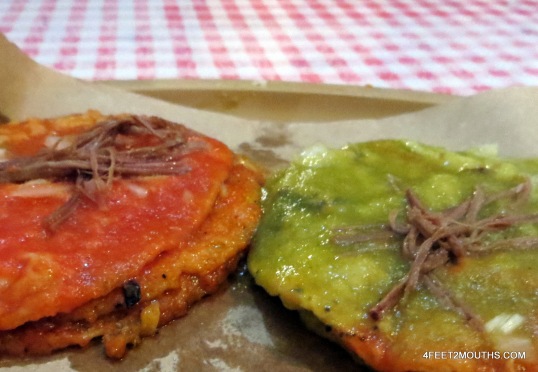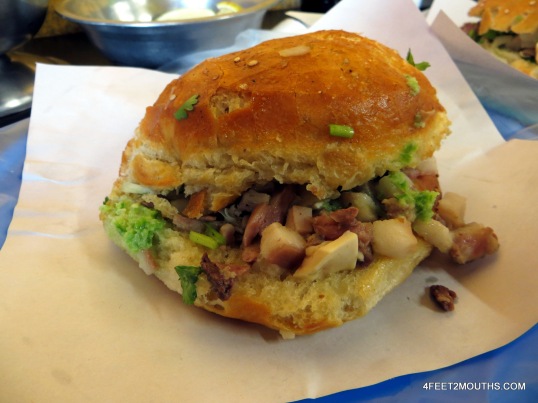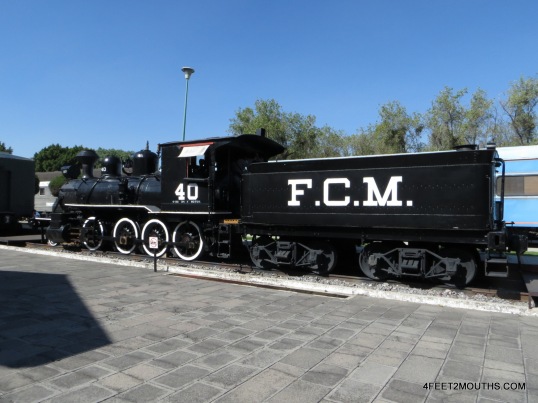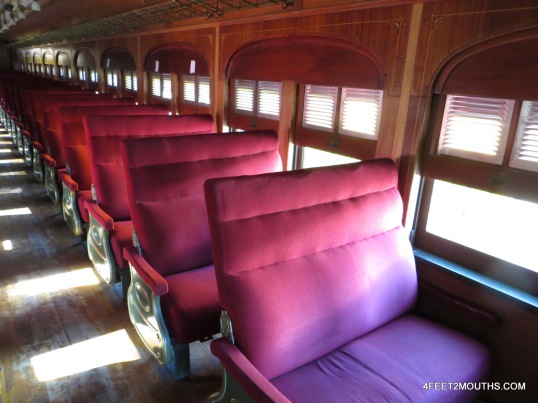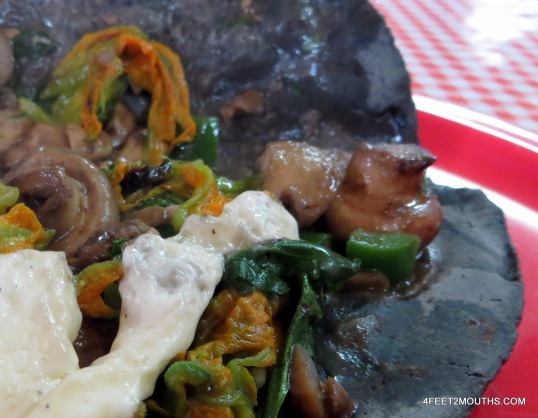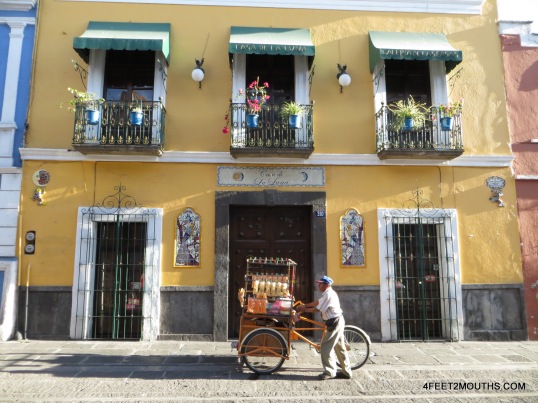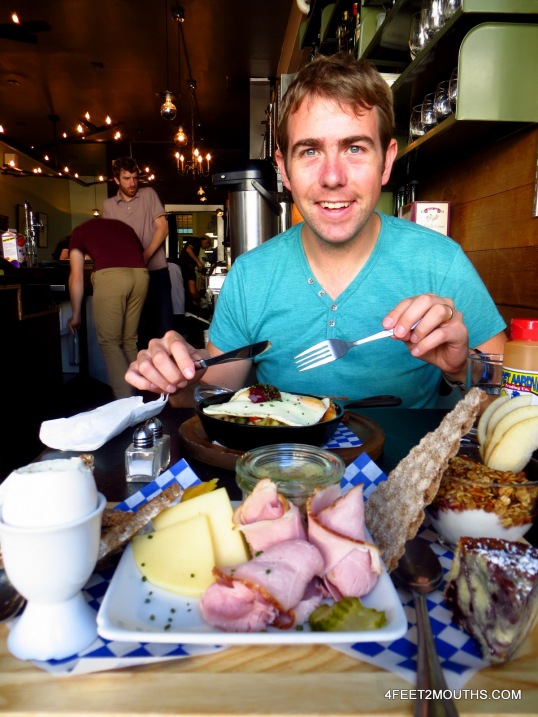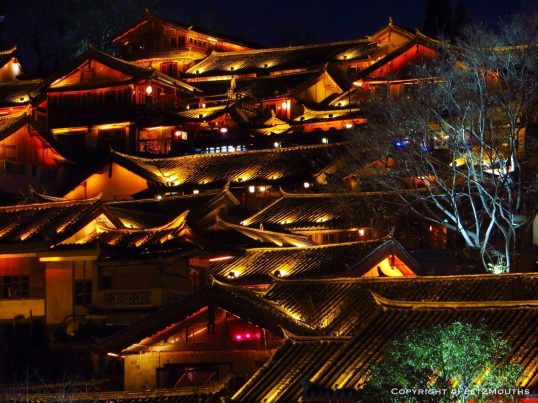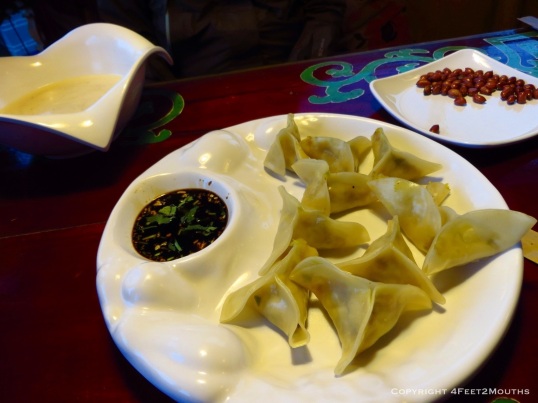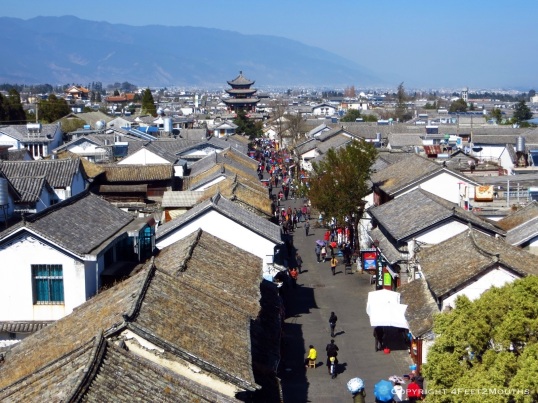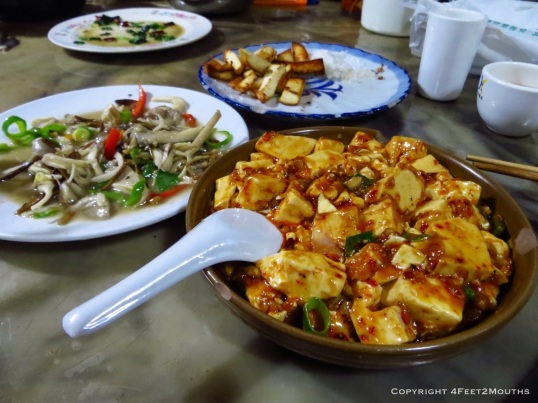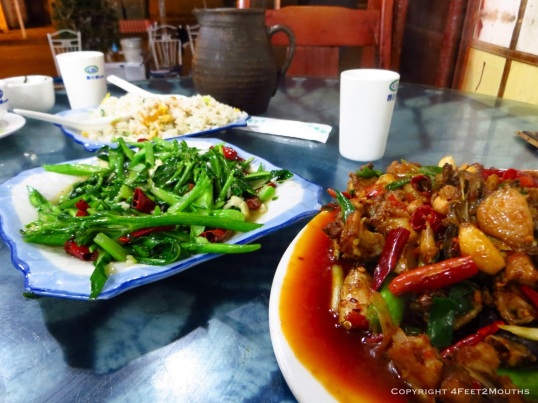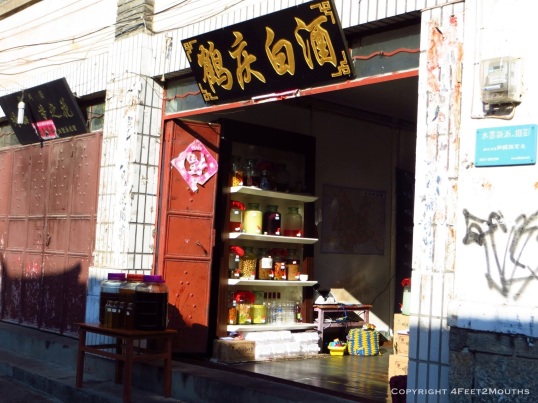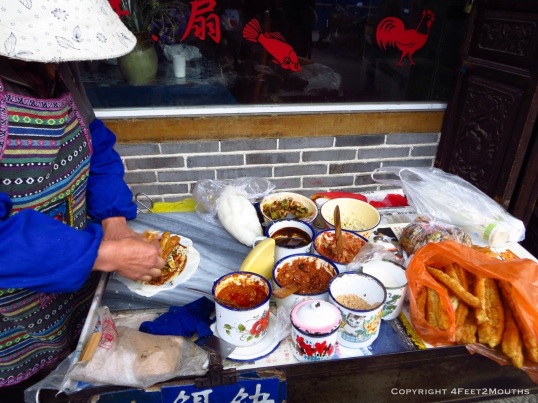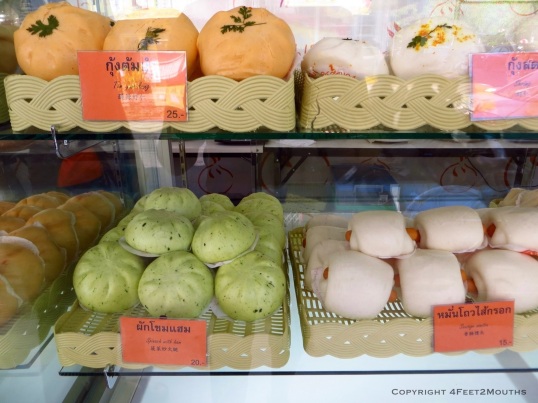I left my heart in Oaxaca (by Carmen)
Some people leave their hearts in SF, but not me. I left mine in Oaxaca. I’m not sure when I first wanted to go to this artistic corner of Mexico but it lurked somewhere deep in the recesses of my memory. Once Nathan and I narrowed our vacation destination to Mexico, it resurfaced as a top choice. I happened to mention to my parents that we were planning to go to Oaxaca in November and was met with a few moments of silence and then, “Are you serious?”
“Um, yes. Why?”
“We were talking this morning about going to Oaxaca in November, too.”
That’s right. Without even discussing the fact that Nathan and I would be going on any vacations to my parents we had both planned the same trip for the same month. It was fate.
If it hadn’t been for my parents, I doubt I would have booked a whole week for Oaxaca. But I’m so glad I did. It is a beautiful region with so, so much to explore. I already can’t wait to go back, which is rare for me. I’m usually excited to explore parts unknown to me.
One of the first things to greet us in Oaxaca was the Templo Santo Domingo. This 16th century Jesuit monastery stands tall and proud with immensely thick whitewashed stone walls. The layout of agave in the front accentuates the simplicity and symmetry of its facade.
Behind the Templo Santo Domingo is one of the most beautiful gardens I’ve ever been in. I am particularly fond of succulents and this sustainable garden was full of native varieties. The jardín etnobotánico was conceived by two artists as the city contemplated converting the disused monastery estate into a parking lot. The result is a stunning compilation of trees and cacti arranged in an aesthetic manner instead of according to biological groupings (like most botanic gardens). I saw plants I never knew existed, including some cacti that were no more than a half meter tall but were centuries old. Just beyond the garden entrance, the Restaurante La Olla was fresh and delicious. It felt like a local hang out despite the fact that I found it through the guide book.
One of the many reasons I find Oaxaca so enticing is the many cultural activities and sites sprinkled throughout the town. Our very first night in the city, we observed a wedding parade (turns out this is a popular destination wedding location). The parade is lead by two bride and groom puppets, specifically commissioned to look like the bride and groom. As far as cultural sites, the Textile Museum was a beautiful example, full of historic weaved patterns sourced from Oaxaca and the surrounding states. Each tunic and shawl told a story, literally woven into the pattern of the fabric.
Every good city has a good market, and Oaxaca is a very good city. My parents, Nathan and I decided we were in need of a market meal. For this we turned to a smoke filled hall at the edge of the market lined with bright red steak and sausage ready for grilling. You pay separately for each service – for the meat, then for the person next to the butcher to grill it (interestingly, some meats, like the sausages were placed directly on the coals), then as you sit you pay for someone to provide tortillas, salsas and other fixings and, finally, someone comes around with drinks. A unique system, but it works deliciously well.
Oaxacan food is world renowned with it’s most famous dish being mole. I was excited to learn some of the city’s kitchen secrets to bring back to my tiny NYC apartment so I could try to recreate all the yumminess that surrounded me. My family and I signed up for a class with Seasons of the Heart which took place in small ranch just outside of town. First up was a cheese class where we learned how to make amazing queso de oaxaca, which is similar to mozzarella. He strung it out and eventually wrapped it into this little rosette, a shape he said was a specialty of the his hometown.
Delectable smells filled the kitchen as the class divided and conquered under the oversight of the instructors. Everyone was anxious to observe the making of mole (think: Mexican curry) which used a wide variety of ingredients as a flavor base, including almonds, cinnamon, cloves, oregano and thyme. Tetelas were another hit – we each took a turn to flatten the dough, spread some spiced, fried beans into the center and then carefully fold it into a triangle before tossing it on the fire-heated griddle. Our feast was complemented by herbed rice, salad, salsas and fresh tortillas. The culmination was a spectacular bread pudding which, although not a traditional Mexican recipe, used local ingredients like pumpkin and piloncillo (evaporated sugarcane juice). Fantastic.
Oaxaca has that something special about it. Some magic in the air that makes it both exciting and new but totally welcoming and comfortable at the same time. The food was as amazing as I’d hoped – whether enjoying homemade mole or street side memelas (thick corn disks with toppings, very similar to a sope). The surrounding villages each had their own artistic specialty, whether weaving, pottery or painted figurines, providing endlessly entertaining markets. Mezcal is locally made and abundant. The people were kind.
And on top of everything I saw a sign from above – literally. A Camino de Santiago pilgrim was randomly painted on the side of a building, pointing towards the heart of Oaxaca, telling me where to go.
I shall return.

